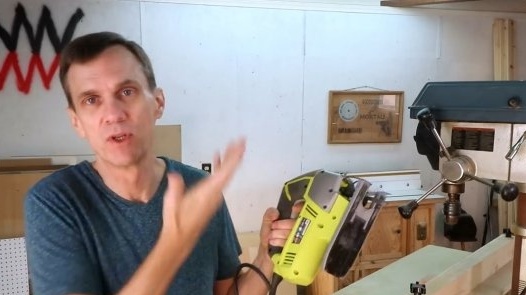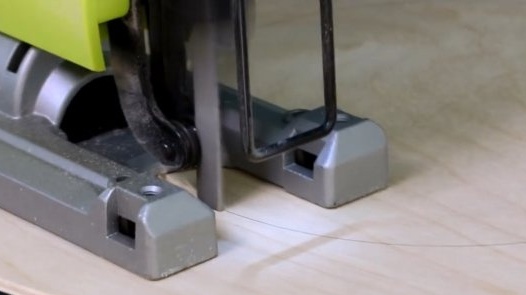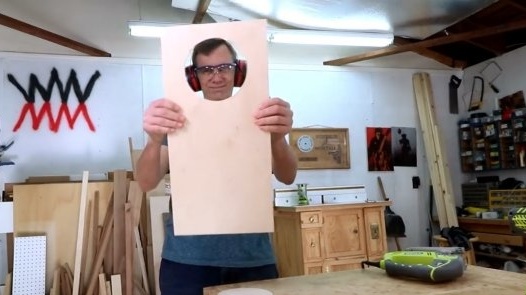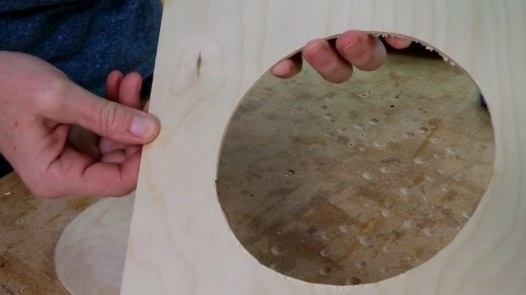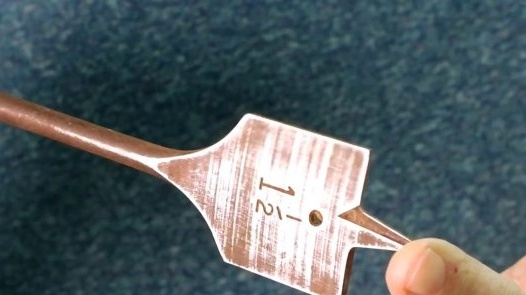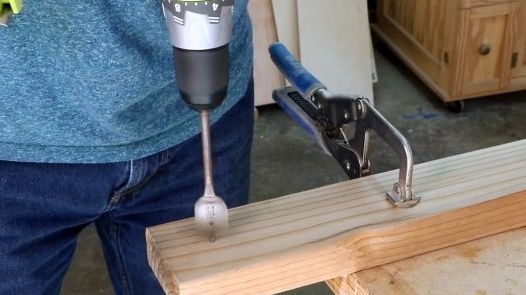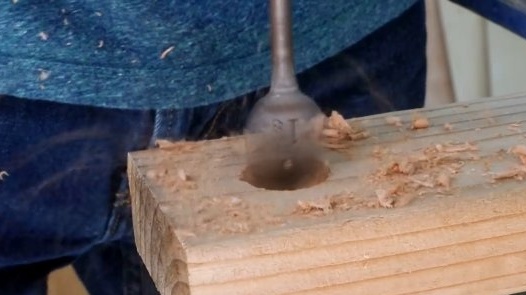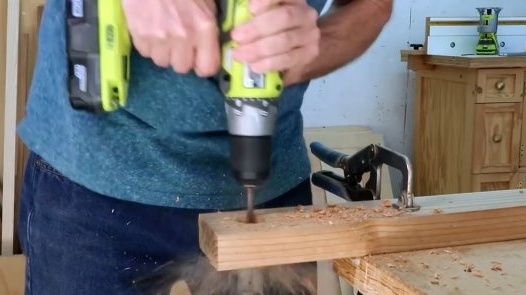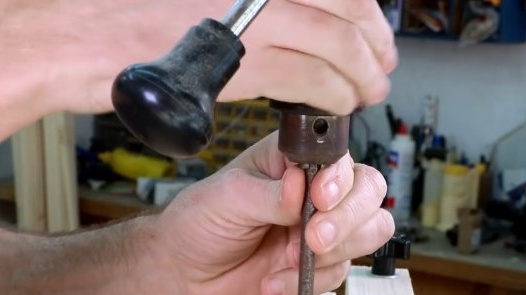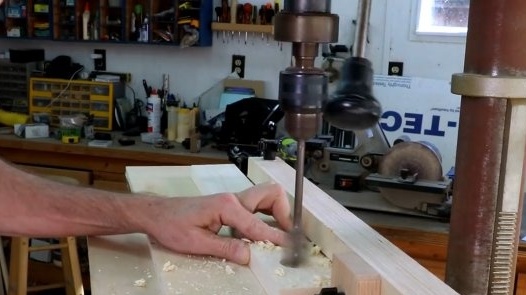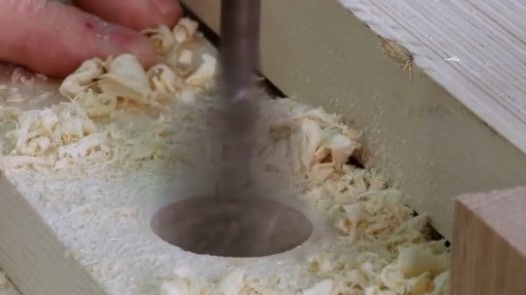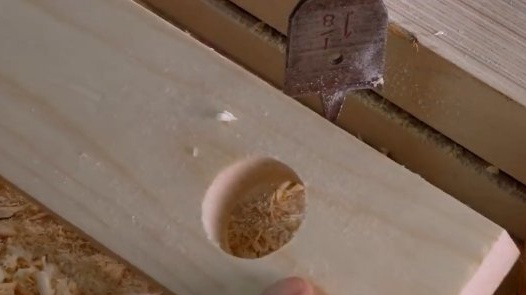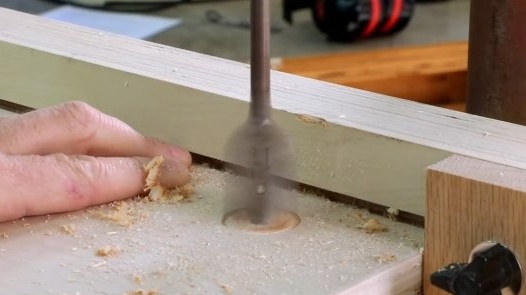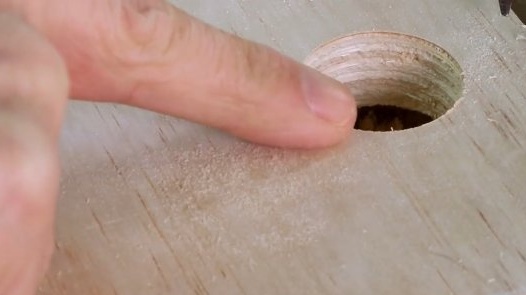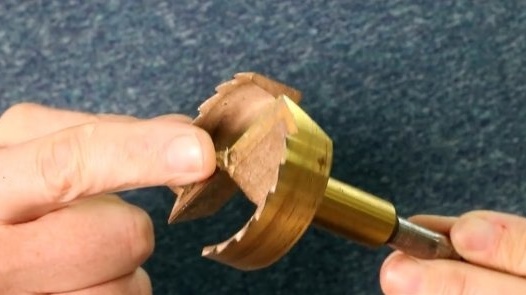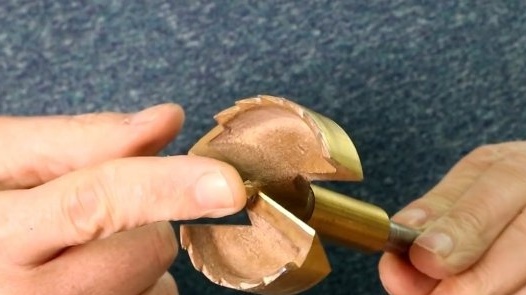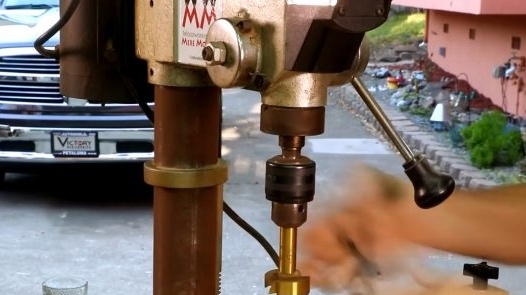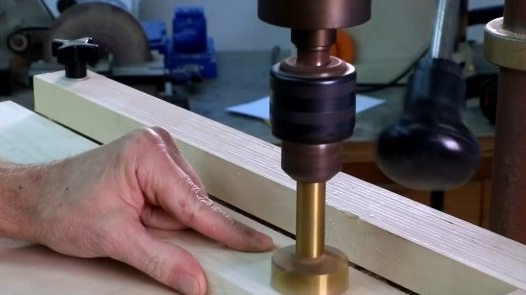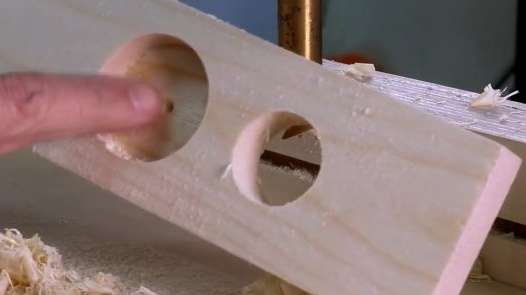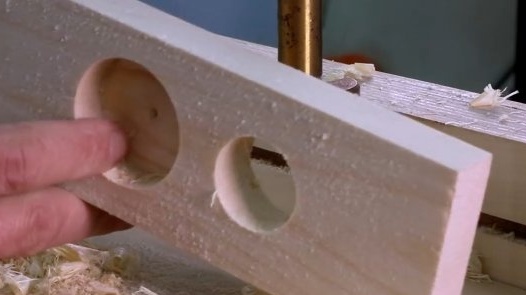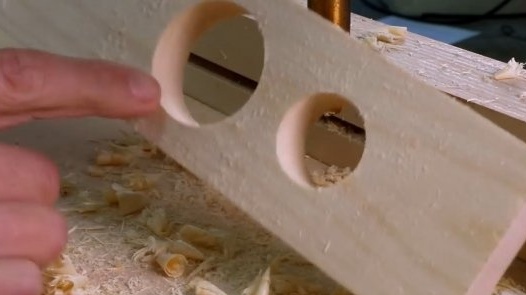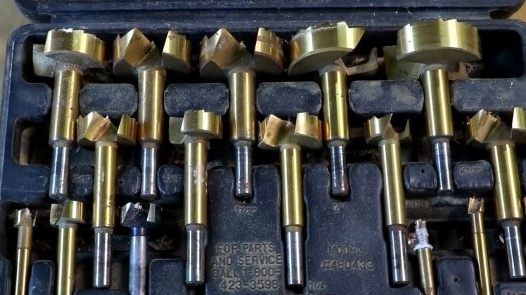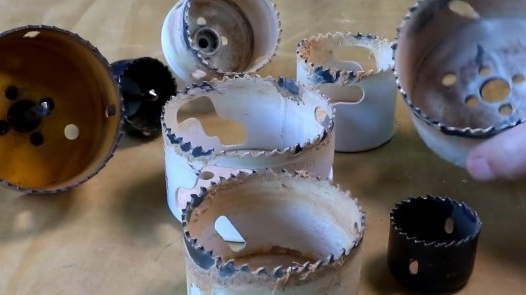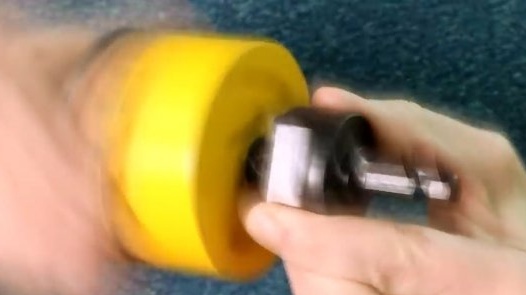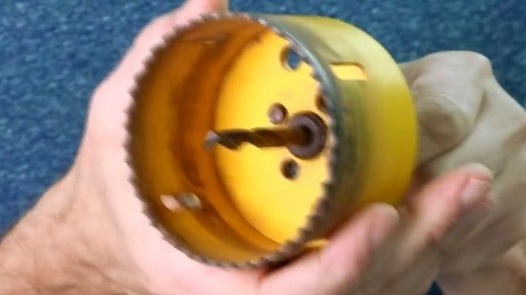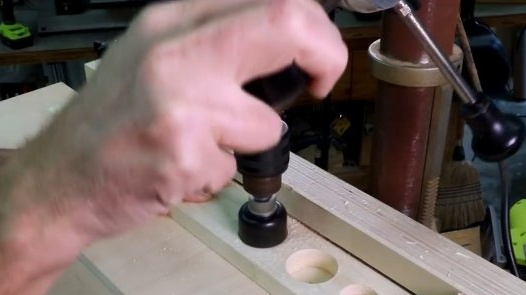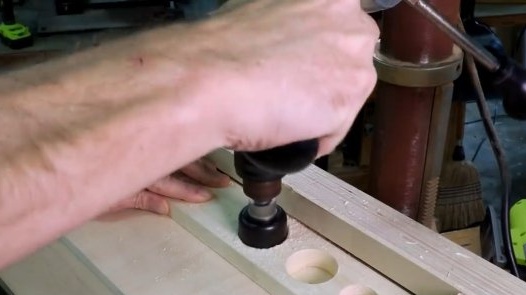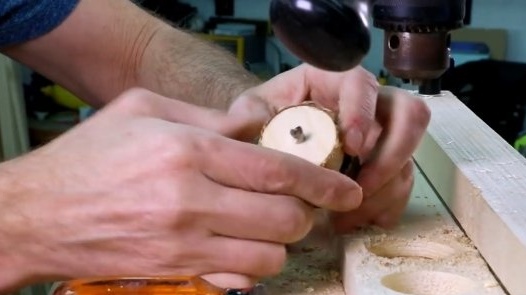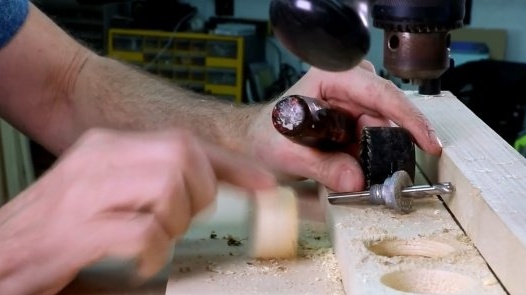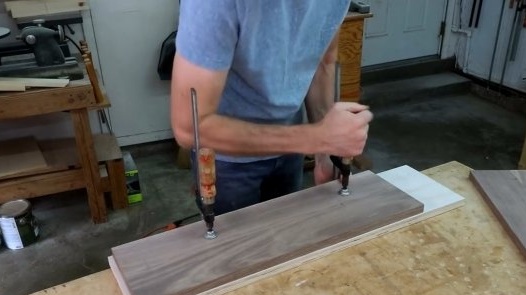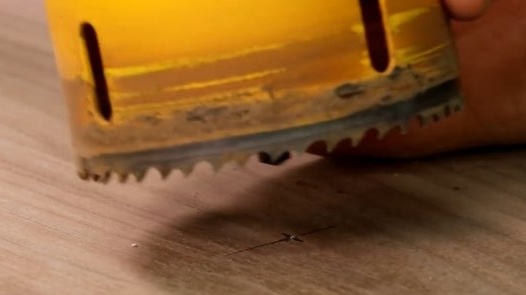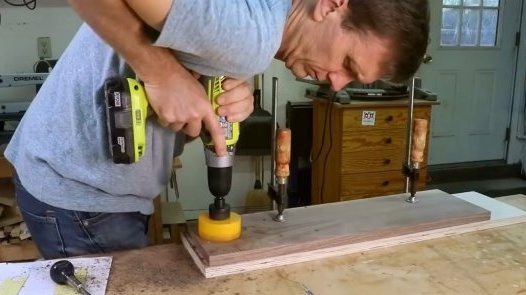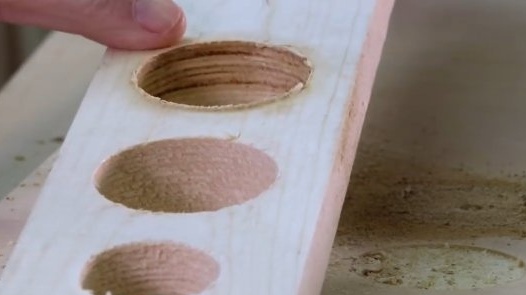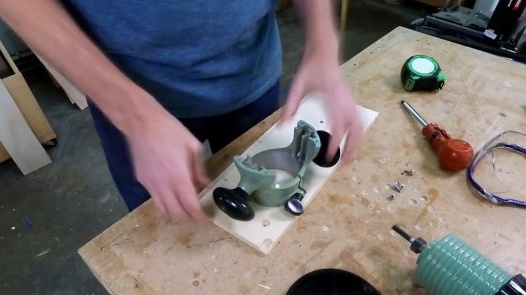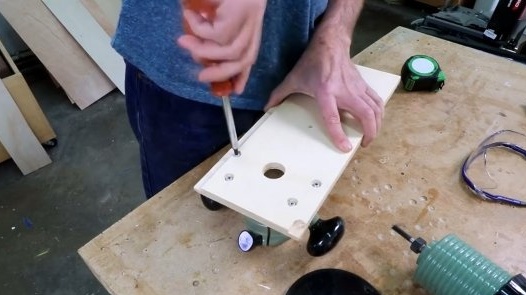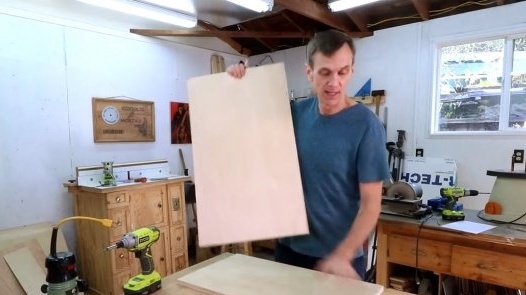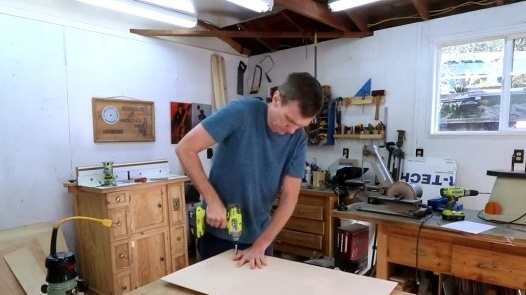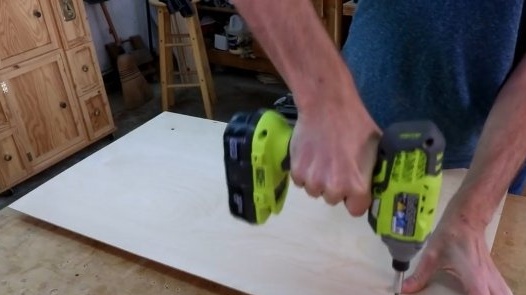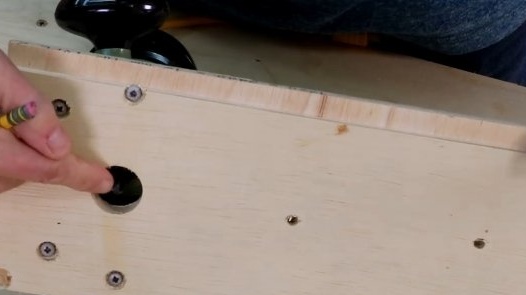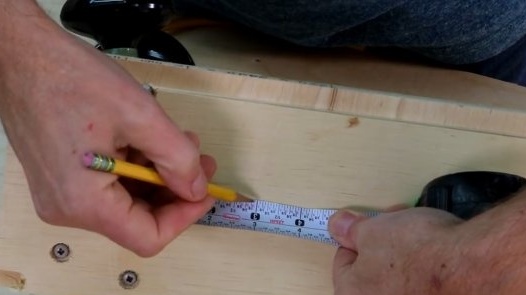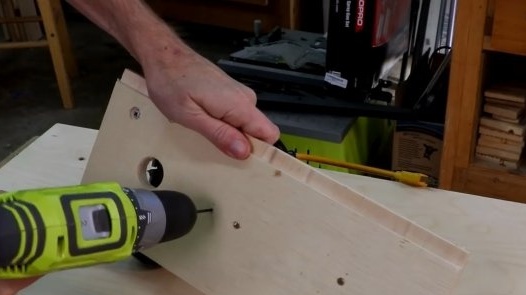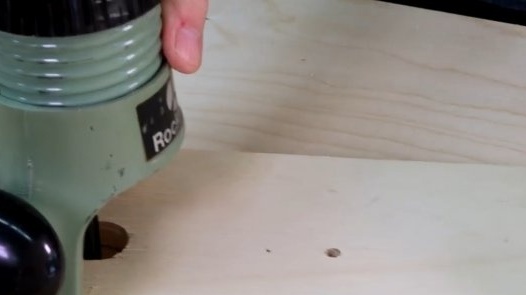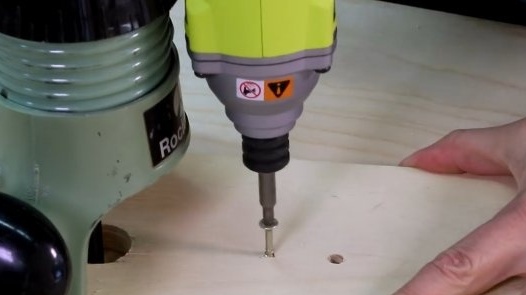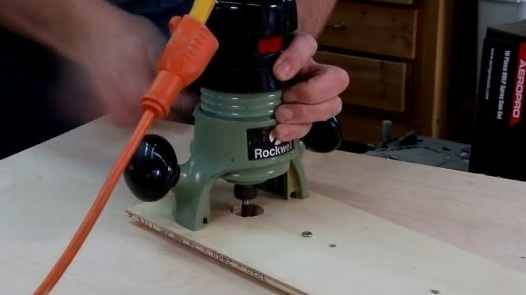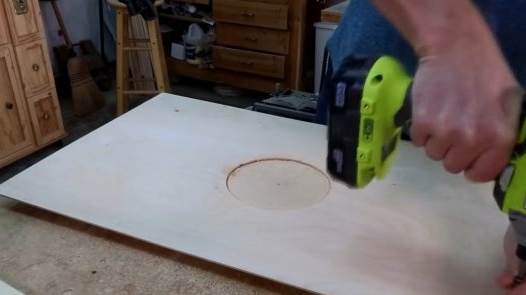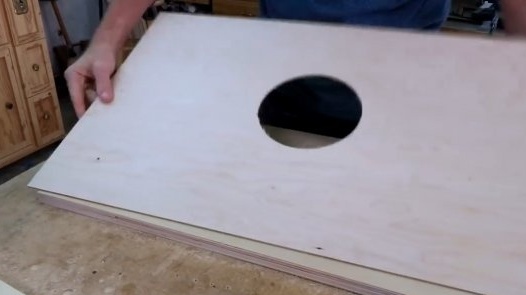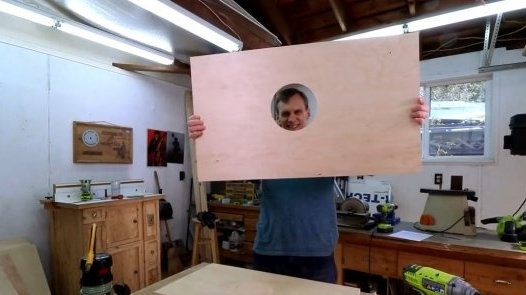In this article, Steve, YouTube author of Steve Ramsey - Woodworking for Mere Mortals, tells you how to cut perfect holes. He will consider 4 methods, and each of them is good for a certain diameter of the hole.
The choice of means for performing this work depends on the size of the required hole, on how much time we can devote to this, as well as how accurate the cut should be.
Materials
- sheet plywood
- Boards
- Wood screws.
Instruments, used by the author.
-
-
- Drilling machine
- Screwdriver
- clamps
-
- Crowns for wood
- Feather drills.
Manufacturing process.
One of the simplest methods for cutting holes involves the use of an electric jigsaw. Its disadvantage is that the blade usually walks a little, and it is almost impossible to cut a perfect circle. Also, after cutting, there are a large number of chips. However, for some parts and assemblies such accuracy is not a big deal.
However, in this article, the author will focus on methods to achieve a perfectly round hole.
Perhaps one of the cheapest ways to drill a hole is to use a flat, expandable drill, or the so-called feather drill.
Such drills are mostly used when working with rough, uneven materials, when creating primitive products for which the low quality of the slots is not so critical. This, for example, drilling holes in the wall with the aim of laying wiring.
But the same pen drill can give a wonderful result if they are drilled slowly and on some kind of substrate. In this case, the slots made by them compete in quality with those made by the Forstner drill.
Working with a pen drill even on plywood, you can get excellent results with minimal chips.
The only drawback in feather drills is that they cannot make really large holes.
The largest diameter of such a drill, which Steve met, is 38 mm. A set of such drills is quite cheap and worth having in your workshop!
A significant leap in quality comes from the Forstner drill. For carpentry, this is the best choice. It gives a perfectly clean cut with minimal chips.And since they produce a flat base, they are indispensable when drilling "blind" holes of different depths.
In addition, Forstner drills can have diameters that are significantly larger than the diameter of feather drills. The largest diameter that the master has ever seen is 100 mm! Forstner's biggest drawback is its price. :) The author recommends buying them immediately in the kit.
The next method is to use crowns. Their diameter significantly exceeds the diameter of Forstner drills. In addition, they can be significantly cheaper. And what sets them apart from Forstner's feather drills and Forstner drills is that they cut out part of the material rather than make holes.
These discs can then be used as wheels or lamb. The best results are obtained if the crowns are used on a drilling machine.
If one is not available, do not forget to use clamps to press the material to the workbench. Holding the workpiece by hand will be quite difficult.
In this case, you need to drill slowly, at times slightly raising and lowering the saw in order to free it from wood dust. If the crown stops cutting, check whether the teeth are clogged.
As you can see in the image, of all three holes made by the crown, the third one has the lowest quality: traces of burning material at the cutting sites and uneven edges. Why do you think so?
All three methods described involve the purchase of special drills or saws for a specific hole. It can cost you a pretty penny! :)
But if you intend to cut a really large hole, say, 250 mm in diameter, only one tool can help you - the milling cutter!
This is a great way to make large and small holes. The only drawback is that it takes some time to set it up.
First you need to remove the sole from the mill and replace it with a piece of sheet plywood.
Secure the larger board and the cut board to the workbench so that they do not move. On the router, measure the radius of the hole that you want to make, for example, 150 mm.
And then drill a hole through the base.
Now this whole structure is screwed to the center of the place on the material where the hole should be made. Naturally, the mount must be loose, movable so that the device can be easily rotated around its axis.
If you have a submersible router, you just need to dig the drill into the tree, and manually slowly draw it around the circumference.
That's all! Try, dare, and you will succeed!
Thanks to the author for describing simple but very important ways to drill round holes!
All good mood, good luck, and interesting ideas!


